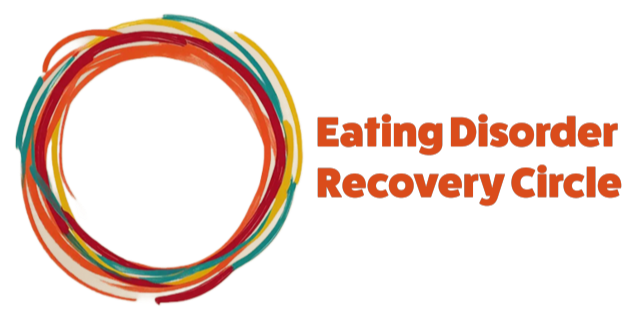How to Build a Recovery-Friendly Meal Plan
Mar 08, 2025Meal plans in recovery aren’t about control, restriction, or rules—they are about creating structure and consistency to rebuild trust with your body. A recovery-friendly meal plan supports you in eating regularly, challenging fear foods, and letting go of rigidity, without turning into another set of food rules.
If you’re feeling anxious about eating more, check the Feelings Navigator for tools on managing fear, guilt, and loss of control.
Step 1: Ditch Diet Culture & Restriction-Based Plans
If you’ve ever followed a restrictive diet, the idea of a “meal plan” might feel triggering. But a true recovery meal plan is different:
🚫 It’s NOT:
❌ A calorie limit
❌ A rigid set of rules
❌ A way to ‘control’ food intake
✅ It IS:
✔ A tool to ensure you eat enough
✔ A way to create structure and reduce decision fatigue
✔ A flexible guide—not a rulebook
💡 Reminder: Your body doesn’t need perfect meals. It needs consistent nourishment.
Step 2: The Basics—What to Include
Your meal plan should support full recovery, not quasi-recovery. That means:
🔹 3 meals + 3 snacks per day (minimum)
🔹 No long gaps between eating (every 2-4 hours)
🔹 A variety of foods, including fear foods
🔹 Sufficient portions (not ‘safe’ or diet-sized portions)
💡 What to Aim For:
- Protein + carbs + fats in every meal
- At least one snack with carbs & fats (e.g., toast with peanut butter, not just fruit)
- Challenge foods regularly—not just ‘safe’ foods
🎯 Your goal: To nourish your body fully, not just meet the bare minimum.
Step 3: Make It Flexible, Not Rigid
A meal plan is a guide, not a strict schedule. Recovery is about learning to listen to your body, not control it.
✅ Allow flexibility. If you’re hungrier, eat more. If you crave something different, swap it.
✅ Don’t overthink portion sizes. A serving is what satisfies you—not what a label says.
✅ Expect fluctuations. Some days you’ll be hungrier than others. That’s normal.
💡 What if I don’t feel hungry?
Your hunger signals may be damaged from restriction. Stick to the plan anyway—eating consistently helps restore normal hunger cues.
Step 4: Challenge Fear Foods & Food Rules
If your meal plan only includes ‘safe’ foods, it’s keeping you stuck. A recovery meal plan should help you challenge fear foods and food rules.
🔹 Add at least one fear food per day
🔹 No compensating (e.g., lighter meals before/after eating a challenge food)
🔹 Break food rules regularly (e.g., eating carbs at dinner, eating after 6 PM)
🎯 Need support with this? Read "How to Challenge Food Rules" and "How to Eat a Fear Food for the First Time."
Step 5: Repeat & Adjust as Needed
Recovery is a process. What works now may need adjusting later.
✅ If you’re still thinking about food all the time… You may not be eating enough.
✅ If you’re experiencing extreme hunger… That’s normal! Keep responding to it. Read "How to Handle Extreme Hunger Without Panic."
✅ If you’re constantly full but still fatigued… You may need more energy-dense foods.
💡 The goal is not to follow a plan forever—it’s to rebuild trust with your body so you no longer need one.
When to Seek Extra Support
If structuring meals feels overwhelming or if you’re struggling with eating enough, reach out in The Circle for support.
Next Steps
🎯 If you’re afraid of eating more, take our course on “fear of weight gain”
🎯 If you struggle with letting go of compensation, read “How to Stop Compensating for Food.”
🎯 Join The Circle discussions—share wins, ask for advice, and get support.
Final Reminder
A recovery-friendly meal plan is a tool for nourishment and healing, not control. The more you follow it with flexibility, the more your body will learn to trust food again.
🚀 You are not meant to live your life obsessing over food. Keep going. You are healing. ❤️

